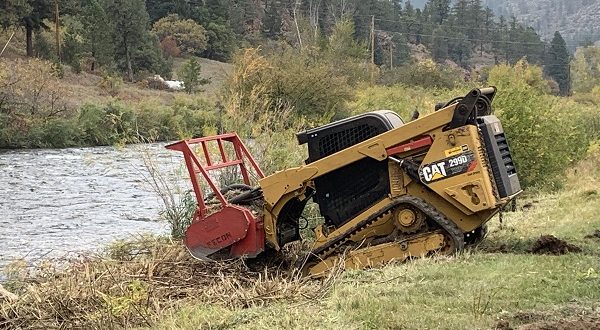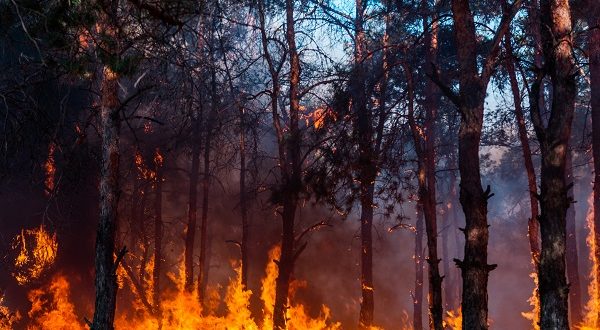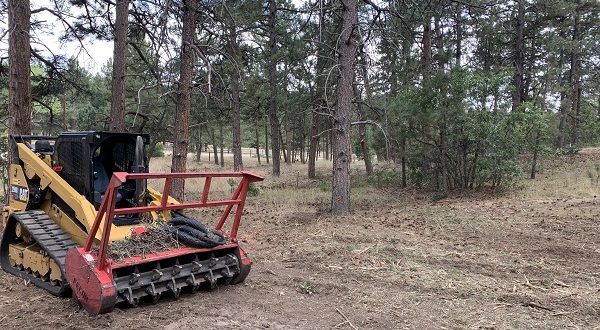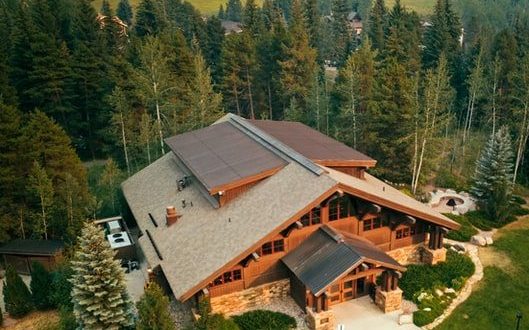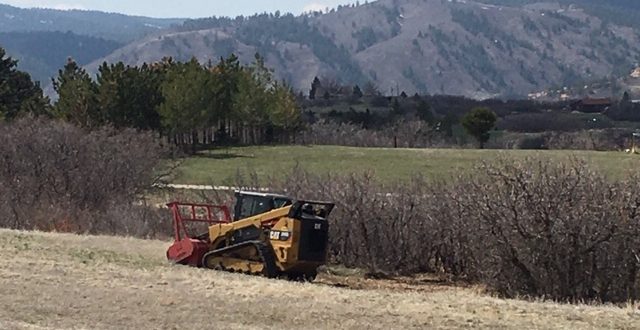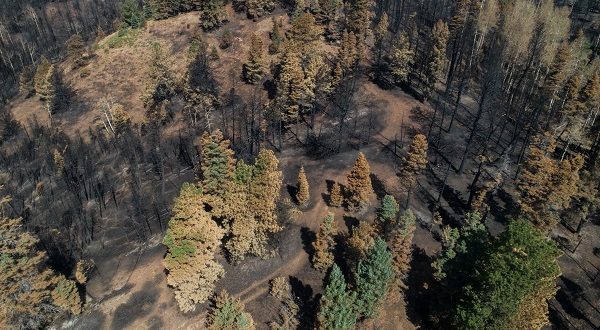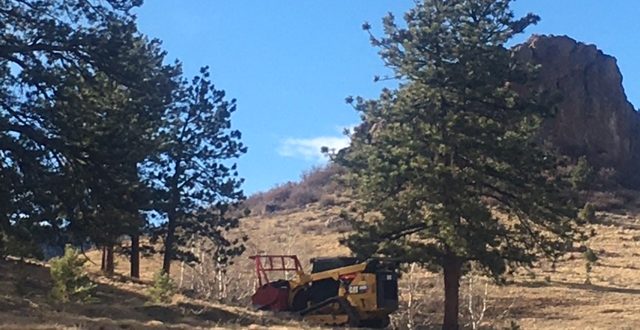For questions about fire mitigation in Boulder, contact us at (719)400-9104. Getting the zones around your home ready in the event of a fire is essential. In addition to fire mitigating your property, you need to make sure your landscape is designed to prevent the spread, making it harder for fires to find fuel and become out of control. There are different steps you can take depending on the size of your property. Here are the top firewise landscaping tips to manage your property. Mow, Water, and Maintain When it comes to the area within the first 30 feet of your home or so, you need to make sure you do regular maintenance. Mowing your lawn is one of the
(719) 400-9104
office@coloradomastication.com
Wildfires can happen. There’s no point hoping that they don’t affect you or wishing that they didn’t happen. The best thing you can do is be prepared. Evacuation during wildland fires is the safest option for everyone. There will be times the evacuation is ordered by the officials in an attempt to preserve as much life as possible. You’ll need to ensure your phones are set up to allow the emergency notifications. Everyone with a cell phone should have these set up. Here are the top tips to be ready for this. Have a Family Disaster Plan One of the best things you can do as a family is have a plan. Know what everyone will need to do if
Fire mitigation in Fremont County, (719)400-9104. Contact us for a free estimate on brush clearing, tree removal and defensible space creation. You’ve likely heard of the term “defensible space” when it comes to homes in areas prone to wildfires. Wildfires date back thousands of years, even before humans caused problems for the habitats around the world. Fire helps to neutralize the land, allowing regrowth and support. However, they can sometimes get out of control and the resources to fight fires are getting thinner. What Is a Defensible Space? A defensible space is a safety zone. It’s designed to protect your home from the threat of the wildfires spreading. Fire doesn’t care about your property, only burning through the fuel that
Fire mitigation in Canon City. (719)400-9104. Call for a free estimate on defensible space creation, land clearing, brush removal. When building a new home, it’s important to make sure it’s ready for anything. One of the most important considerations is to ensure it’s protected against the risk of fire. You can’t prevent all fires, but you can limit the spread with the right building materials and additions to the home. Here’s what you need to ensure homes are firewise. Get the Right Materials For the most part, it’s building with the right materials. You need items that are fire resistant, especially when adding roofs, gutters, and sidings. When adding roofs, make sure you use cement tile, clay, metal, or shingles.
Please call today for a free estimate on fire mitigation in teller county, or any other brush clearing projects, (719)400-9104. If you move into a wildfire area, you need to make sure you’re ready for anything. The best thing you can do is make sure your home is as wildfire resilient as possible. This isn’t just good for your own health, but essential to protect your property. What Can You Do to Prevent Wildfire Spreading? Some homes will survive out of luck. However, that’s the minority of homes. Most of them survive because of careful planning and maintenance, awareness of combustible materials around the property, and the incorporation of fire-resistant construction materials when building properties. You can’t do much about
Fire mitigation company, Woodland Park Colorado. Call for free estimate on brush clearing, scrub oak removal, dead tree removal, lot clearing and tree thinning (719)400-9104. When you’re in a wildfire area, you need to do as much as possible to mitigate the damage. Every resident has a part to play to protect their own lives and to protect the community. Here’s a checklist to follow for forest fire mitigation measures. Ongoing Maintenance for Your Woodland Park Property Before every fire season, you need to take some steps to maintain your property. Some of the steps will also be taken every three months or so just to protect your home (and to make maintenance easier). • Have a 3ft to 5ft
To fire mitigate your property, located in Littleton, contact us now. You’ve heard of the term “fire mitigation.” If you live in an area where wildfires are common, you may even hear about the steps you can take to mitigate fires. The question for many is what this really means. Does it mean all fires are suppressed and prevented? What about the ecosystems that rely on forest fires? It’s important to understand what fire mitigation really means so you can take the right steps. Preventing Fires from Starting In some cases, the fire mitigation tips will be used to prevent fires from having the chance to ignite. This step usually involves getting rid of the fuel that will lead to
Fire has a direct effect on the soil in areas. There are a variety of effects that can happen to the soil depending on the temperatures of the soil. However, many of these actions are necessary and helpful in the future. It’s important to understand the abiotic responses of fires. How Fires Affect the Soil Soil is affected through both the heating and combustion processes of fires. The temperatures during the combustion processes will affect what actually happens to the soil. The following can happen: • Evaporation of water at lower temperature • Combustion of soil organic matter • Formation of pyrogenic organic material, such as charcoal The nutrients in the soil can also change whether through oxidation, erosion, volatilization,
Fire mitigation is important for some parts of the United States. While it’s not designed to stop all fires, it helps to manage the intensity to reduce the risk to homes. However, fire mitigation comes with a cost. How much will homeowners need to spend for fire mitigation? What is the cost to the government? Here’s everything you need to know about the cost of fire mitigation. Costs of Fire Mitigation Depend on Lot Size The exact cost of fire mitigation will depend on the size of the property, topography, equipment used. It will also depend on the area, whether there is such a high risk of wildfires or not. This is to arrange for someone to come out to
If you would like to have defensible space done around your house in Sedalia, give us a call, (719)400-9104, or email at office@coloradomastication.com. Wildfires are a part of life for many communities. There is always the threat of fires starting and spreading. The best thing to do is make sure you’re ready, taking steps to prevent the fires from spreading to homes and causing exponential damage. To do this, you need to understand more about how houses catch fire. This gives you steps to take to avoid fires from happening. Those who have set up building codes in wildfire areas have understood the reasons for fires starting. This helps to reduce the risk of fire. Three Ways of Fires Starting
